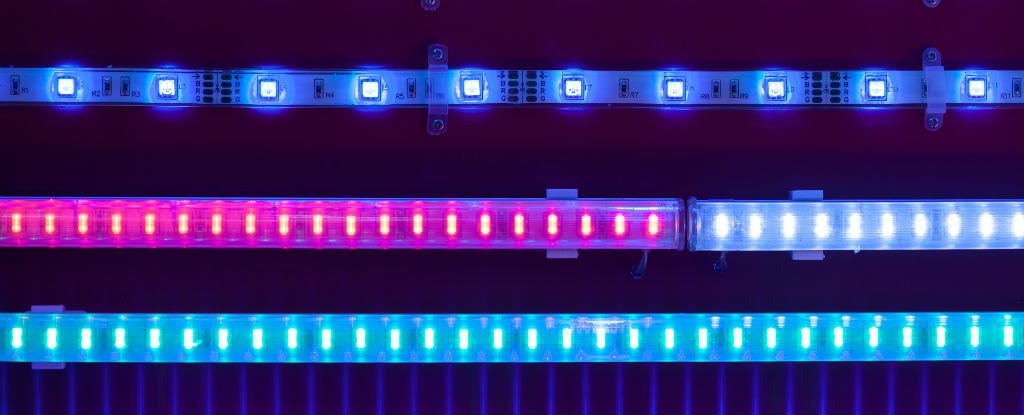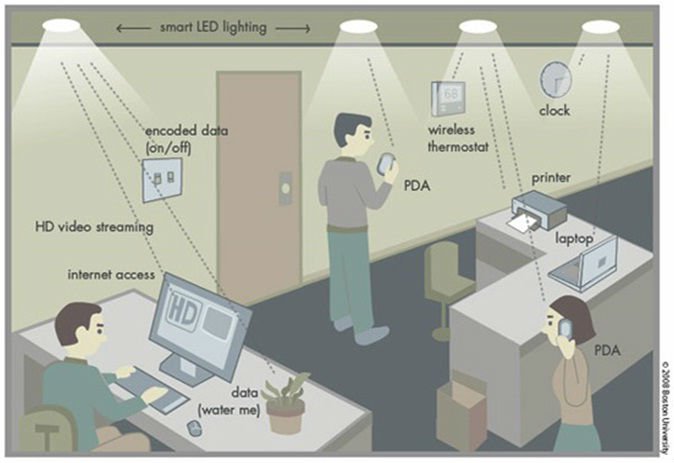
Li-Fi is a wireless technology that transmits high-speed data using visible light communication (VLC) and has the potential to revolutionize the way we use Internet.
Scientists have taken Li-Fi out of the lab and trialed it in offices and industrial environments in Tallinn, Estonia and reported that it achieved data transmission at 1 GB per second, a speed 100 times faster than the current average Wi-Fi.
The technology was invented by Harald Haas from the University of Edinburgh, Scotland in 2011, when he demonstrated it by flickering the light from a single LED and was able to transmit far more data than a cellular tower. During lab tests, Li-Fi got up to speeds of 224 gigabits per second, which is equivalent to 18 movies of 1.5 GB each being downloaded every second.
The Visible Light Communication (VLC) this technology adapts is a medium that uses between 400 and 800 terahertz (THz) of observable illumination. Similar to a Morse code, it works by switching a torch on and off according to a certain pattern and they relays a secret message. Flicking an LED on and off at extreme speeds can be used to write and transmit information in binary code.

Aside from much faster speeds, a large benefit of Li-Fi over Wi-Fi is that because light cannot pass through walls, it makes the technology much more secure and also means there is less interference between devices. Experts believe Li-Fi probably won’t completely replace Wi-Fi, but together, the two technologies could work to achieve more efficient and secure networks.
“We are doing a few pilot projects within different industries where we can utilize the VLC (visible light communication) technology,” Deepak Solanki, CEO of Estonian tech company said. “Currently we have designed a smart lighting solution for an industrial environment where the data communication is done through light. We are also doing a pilot project with a private client where we are setting up a Li-Fi network to access the Internet in their office space.”
Our offices and homes are already fitted with infrastructure to provide Wi-Fi, and ripping this all out to replace it with Li-Fi is not very practical, so the goal is to retrofit the devices we currently have to work with Li-Fi technology.
Source: Science Alert
Advertisement
Learn more about Electronic Products Magazine





